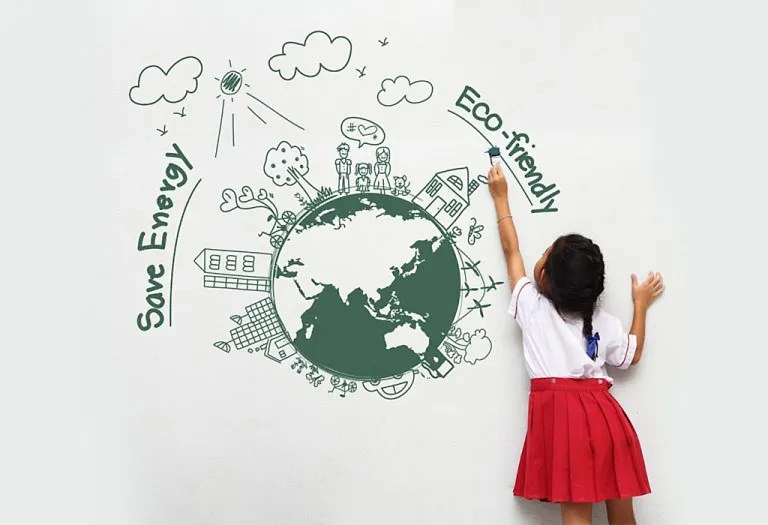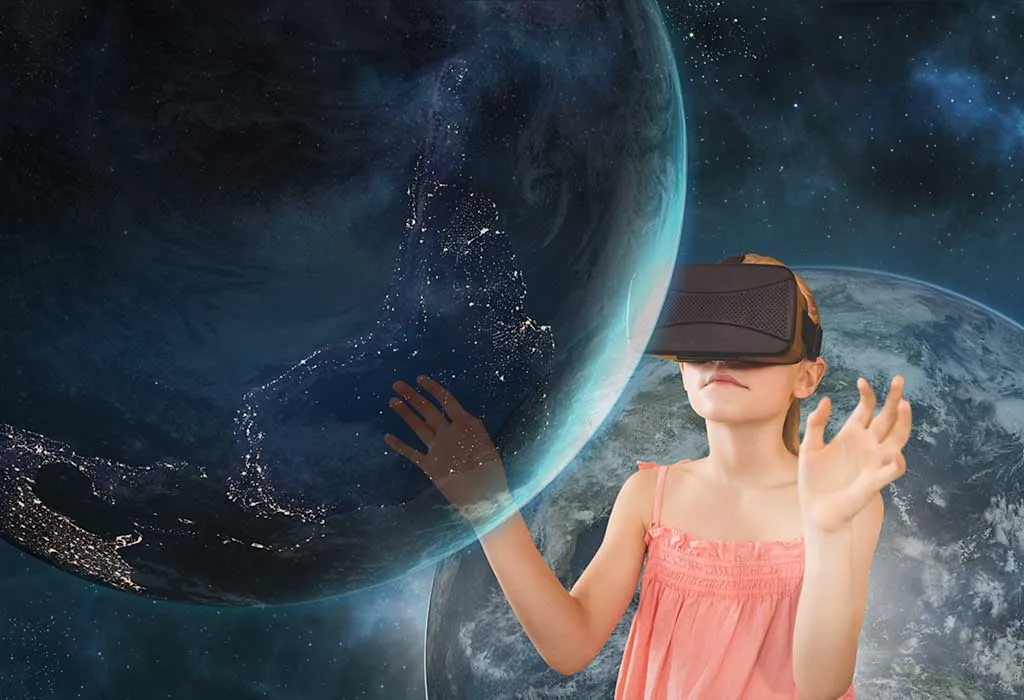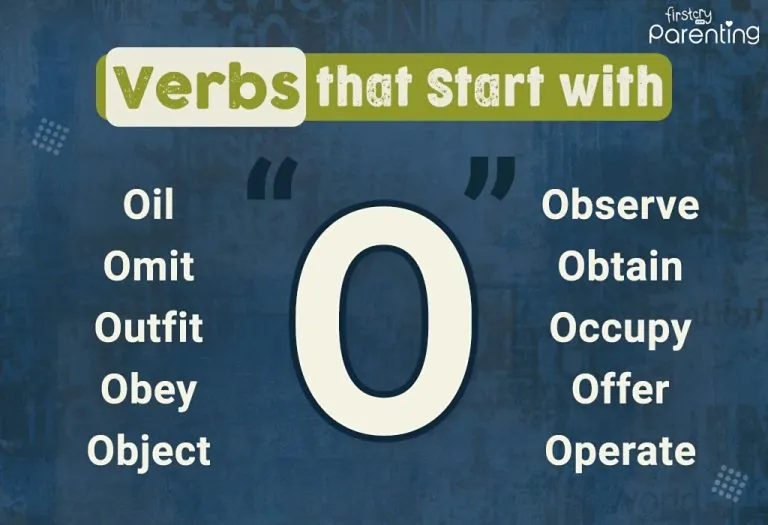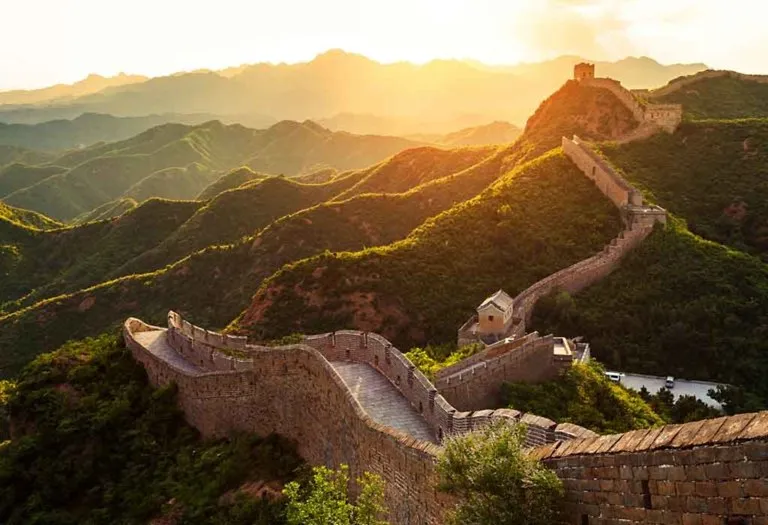25 Amazing Earth Facts for Kids
Earth is our home and the essence of our very existence. It is the place we call home, where we find beautiful creatures, air, wind, water, and matter that sustain life. Earth is the most magnificent planet in the entire universe that supports life, with around 8.7 million species. It is the third planet from the Sun. There are a number of facts related to Earth that kids need to know to boost their knowledge and IQ level. Moreover, discussing facts about Earth for kids is a great way to expand your little one’s knowledge about the universe, how it works, how the planet and life evolved over time, and much more.
What Is the Earth?
Did you know that Earth is 4.543 billion years old? The Earth is the third planet in orbit away from the sun and is the only known place in the universe to contain life. The Earth is what we call home. The beauty of Earth is that it comprises mountains, valleys, rivers, ponds, oceans, lakes, plateaus, deserts, cliffs, waterfalls, trees, canals, wetlands, icy lands and creeks.
Earth is placed third from the sun and lies between Venus and Mars. It is the fifth-largest planet among the eight planets and is approximately 149.6 million km from the sun.
Earth rotates on its axis, and one such orbit gets completed in 24 hours, which is counted as one day on Earth. On the other hand, the Earth also revolves around the sun, and one such orbit gets completed in 365 days, whereas a leap year, i.e. any year divisible by 4, has 366 days. Earth rotates like a spinning ball about 366.25 times in one year. They are known as Earth days.
Earth’s Surface and Structure
Earth is the densest planet in the solar system. The Earth is flattened at the North and the South Poles, and is found to bulge at the equator. Earth’s surface is covered with 70% water, and its atmosphere contains oxygen, the most important essential of life. Without oxygen and water, life cannot exist. Earth comprises the inner core, outer core, mantle and crust. The crust is the outermost rocky portion of the Earth, and the inner core is the innermost portion of the Earth. The core is mainly comprised of iron and nickel. Earth’s inner core is as hot as the surface of the Sun.
The Earth’s atmosphere is divided into six layers – the troposphere, stratosphere, mesosphere, thermosphere, exosphere, and ionosphere. The atmosphere, on the other hand, comprises natural gases, such as 78% nitrogen, 21% oxygen, 0.04% carbon dioxide, 0.93% argon, and traces of other gases, such as helium, hydrogen, neon, and even water vapour.
Fun & Interesting Facts About Earth for Kids
Below are 25 facts about Earth that will leave your kids in awe:
- Earth’s Name: Earth is the only planet in the solar system that does not has its name after any Roman or Greek god.
- Earth’s Satellite: Earth has only one natural satellite revolving around it, and we call it the Moon. The Moon is approximately 384,400 km away from Earth, and humans have already managed to reach its surface. The first man to land on the moon was Neil Armstrong.
- Freshwater Availability: Out of 70% of water, only 3% is fresh, and the rest is saltwater. Out of that 3% freshwater, only 1% is available.
- Continental Displacement: Once, there was a time when all the continents that we know today were one entity. Due to tectonic plate shifting, all the continents broke off and separated into their present-day positions.
- Earth’s Magnetic Field: Earth has a magnetic field that helps protect us from solar winds.
- Pangaea: In the beginning, Earth did not have several different continents. In fact, it is believed that there was one giant supercontinent, which is known as Pangaea, which existed about 300 million years ago.
- Highest and Deepest Points: The highest point on Earth’s surface, above sea level, is Mount Everest, and the deepest point below sea level is the Mariana Trench.
- Natural Disasters: Various natural disasters are part of our Earth, such as earthquakes, cyclones, tornadoes, floods, hurricanes, avalanches and volcanic eruptions.
- The Seasons: Earth generally experiences four seasons because of Earth’s 23-degree tilt and rotation. When the northern hemisphere, i.e. the part above the equator, experiences winter, the southern hemisphere experiences summer and vice versa.
- Hottest And Coldest Regions: The Sahara Desert is the hottest region in Africa, and Antarctica is the coldest and even the driest region on Earth.
- Living Species: We think that most living species are found on land, but in reality, they are found in the oceans and coral reefs.
- Longest Mountain Range: The Mid-Ocean Ridge is the longest linked mountain range that exists underneath the ocean. The volcanic magma that rises from the ocean’s bed aids in spreading the mountain range.
- Earth’s Atmospheric Extension: The Earth’s atmosphere is known to extend to an approximate distance of 10000 km.
- The Speed at Equator and Poles: When standing on the equator, you would be moving about the earth at 1000 miles/second, but when at the poles, you would be unmoving.
- Gravity Distribution: Gravity is not distributed evenly due to the lack of landmass in certain portions of the Earth.
- The Tilt: The Earth is tilted 23.4 degrees on its axis, which is an imaginary line through the planet’s centre.
- Earth’s Speed: Did you know that the Earth travels around the sun at 67,000 miles per hour! Comparatively, the average speed of a racecar is 200 miles per hour. Our Earth is moving FAST!
- Axis: We have daytime and nighttime because of the rotation of the Earth on its imaginary axis.
- Seasons: Because the Earth is tilted on its axis, it is what creates different seasons on this planet — summer, spring, winter, and autumn/fall.
- Nomenclature: The term Earth originates from German and Old English words, which means ‘ground.’ The name is at least 1,000 years old.
- Mother Earth: Greeks call the Earth Gaia, which means “Mother Earth.”
- Tides: The natural satellite of the Earth, which is the moon, has a gravitational pull that creates high and low tides in the ocean.
- Dead Sea: The lowest point on Earth is about 1400 feet below sea level, between Jordan and Israel. It is called the Dead Sea.
- Active Volcano: Stromboli Volcano, located in Italy, is the most active volcano in the world, having erupted continuously for over 2,000 years.
- Corals: Coral reefs are considered the Earth’s most significant living marine structures, housing thousands of species, including sea turtles, anemones, sea urchins, clownfish, and many others.
FAQs
1. What was the original colour of Earth?
Researchers found pink pigments in rocks located beneath the Sahara Desert. These rocks are estimated to be over 1.1 billion years old. Due to the dating findings, the vibrant pink pigments are currently regarded as the oldest known colour on Earth.
2. What is another name for Earth?
Earth is often referred to as the “Blue Planet” because approximately 70% of its surface is covered by water, which causes it to appear blue when viewed from outer space.
3. How did researchers analyse the structure of the Earth?
Over the years, scientists have learned about Earth’s internal structure by analysing seismic waves (the P and S waves), which are shock waves produced by earthquakes and explosions.
4. What was the name of the oceans when Pangaea existed?
It is believed that only one sea existed when Pangaea was there, which was nearly 300 million years ago. The sea then was called Panthalassa. The name finds similarity to the term“thalassophobia,” which refers to the fear of deep water.
5. What are some major ecosystems on Earth?
Major ecosystems of the Earth include forests, oceans, deserts, and grasslands.
We hope your kiddo learned something new through these planet Earth facts for kids. Discuss this fun trivia with your child to develop her knowledge about the world. If your kid is curious and savvy, you should consider getting educational kits for her. The activities in these kits promote learning through fun, so rest assured, your little child will learn a great deal about the world without getting bored.
Also Read:
Sun Facts for Kids
Moon Facts for Kids
Space Facts for Children
Solar System Facts for Kids
Facts about Atmosphere for Kids
Was This Article Helpful?
Parenting is a huge responsibility, for you as a caregiver, but also for us as a parenting content platform. We understand that and take our responsibility of creating credible content seriously. FirstCry Parenting articles are written and published only after extensive research using factually sound references to deliver quality content that is accurate, validated by experts, and completely reliable. To understand how we go about creating content that is credible, read our editorial policy here.























